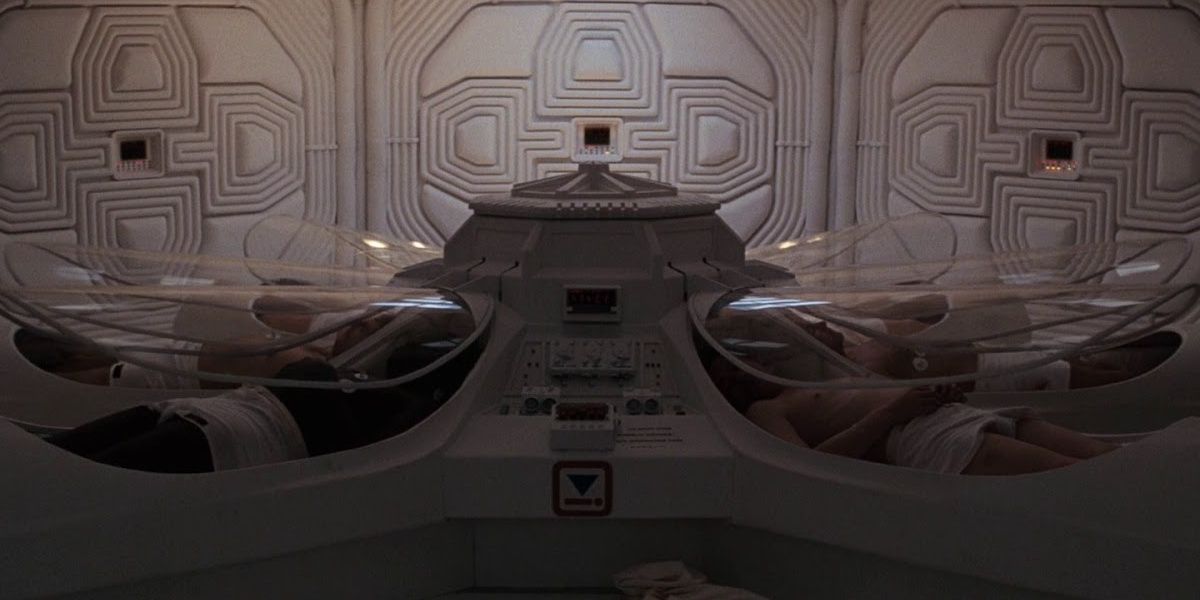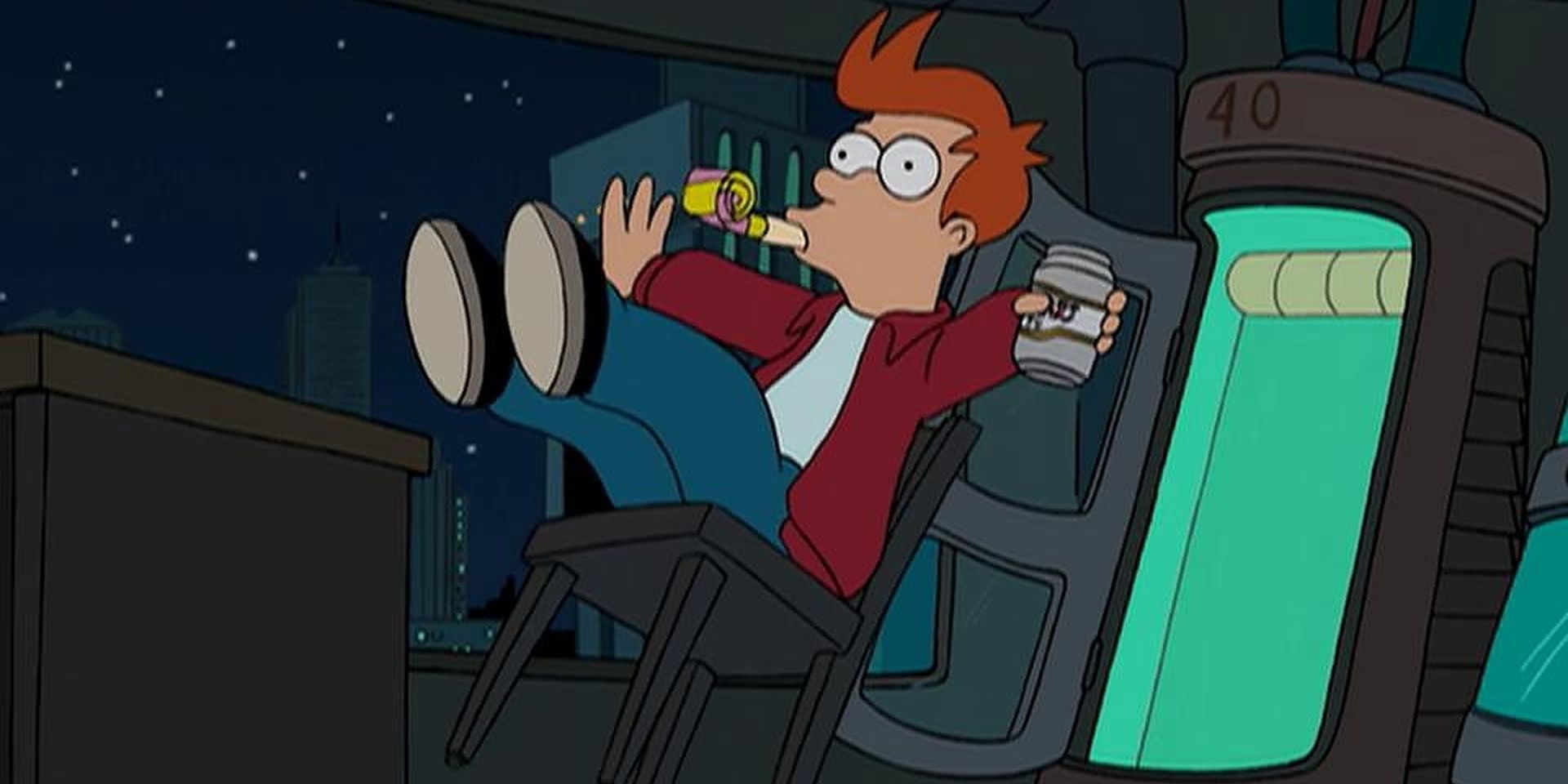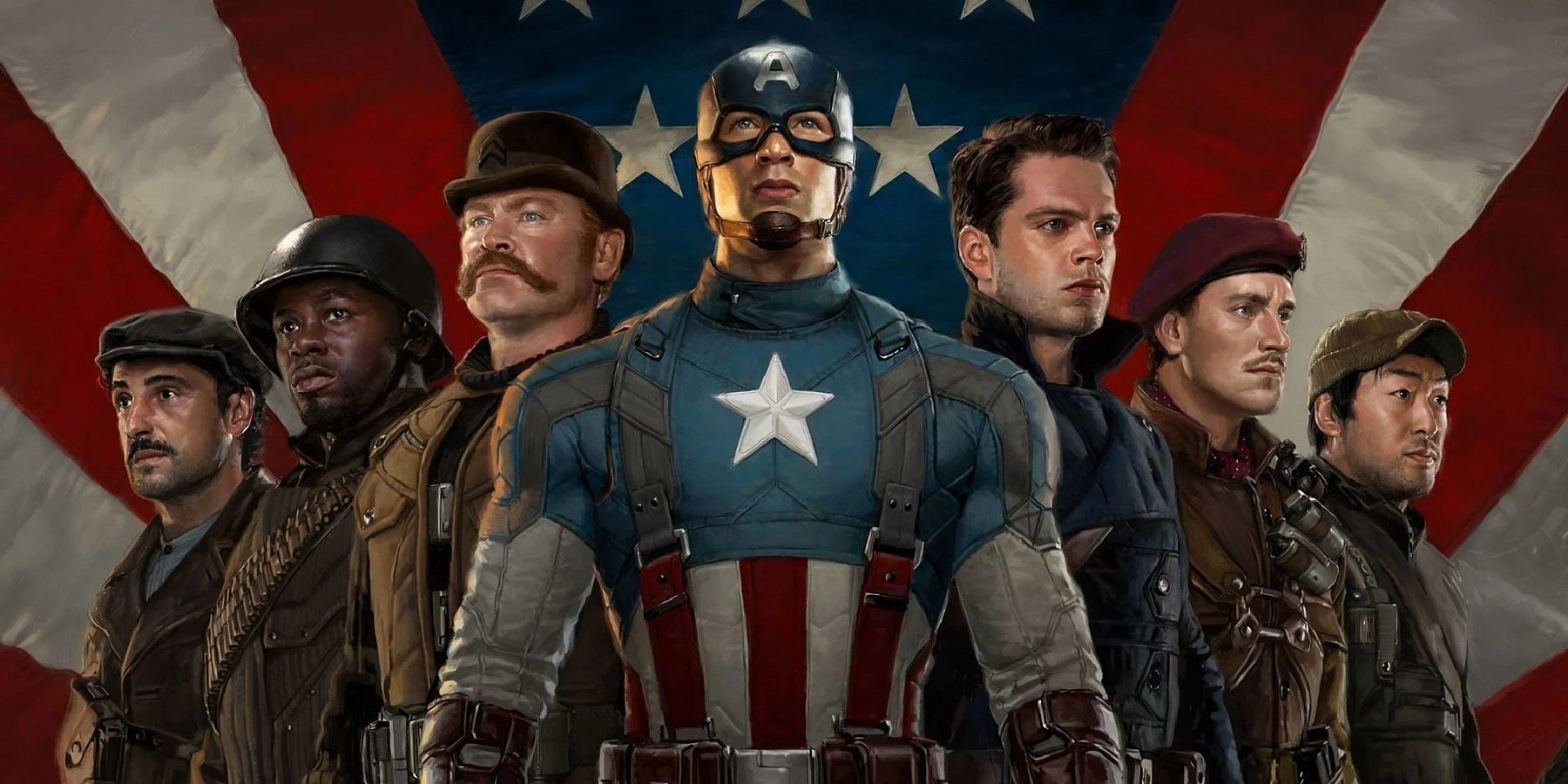Space is a fantastic setting for stories, but the endless expanse simply can't be completely packed with danger, death, and excitement. With infinite areas to explore, there will be an awful lot of nothing in between interesting celestial bodies. Since the trip is going to take a while — sometimes decades — why not try to sleep through the boring bits?
Science fiction is a genre so big that it becomes its own artistic medium. The age-old tradition of imagining what the distant future or the far outer atmosphere might someday reveal to mankind has a strange way of agreeing upon some things. A few ideas have endured for generations, suggesting that a lot of creatives think mankind might head in the same direction. One of those is cryosleep.
Cryonics is the scientific discipline of applying freezing temperatures to living beings in an attempt to preserve them without entropy. As a narrative trope, cryogenic chambers, pods, or beds will deep-freeze organisms for various periods of time, leaving them harmlessly unfrozen at a later date. This fulfills a variety of narrative purposes, but the primary one is setting characters in an environment they aren't familiar with. Cryosleep can be used as a form of low-budget one-way time travel, leaving a being of the past in a future they can't understand. The technology is also common as a method of passing long space journeys or incapacitating dangerous captives as cargo. The concept has a long history in science fiction, and modern examples have a ton of pedigree behind them.
Where Does The Cryosleep Trope Come From?
Cryosleep is the heightened scientific iteration on the much more common concept of suspended animation. Early examples of suspended animation used magic to explain long periods of inactivity without entropy. Take the 100-year rest of Sleeping Beauty or the countless "king asleep in the mountain" narratives that occupy the mythology of many cultures. One of the first examples of the "fish out of the time stream" story seen in many examples of cryosleep time travel is Washington Irving's 1819 short story "Rip Van Winkle," in which the title character slept for 20 years and awoke in a vastly different time.
Like the sci-fi genre itself, the idea of cryogenic freezing as a method of preservation of a living person was probably invented, or at least pioneered and popularized, by Mary Shelly. Her short story "Rodger Dodsworth: The Reanimated Englishman," based on a hoax of the same name, told the tale of the eponymous man who awoke after 166 years frozen in the alps.
What Is Cryosleep Used For?
Cryogenic slumber acts as an easy way to get a character from the distant past to the modern-day, or a modern character to the distant future. Avoiding all the logical fallacies and easy paradoxes of regular time travel, cryosleep is easy to explain and quick to move past. Sometimes heroes are frozen, intentionally or accidentally, and left to wait for the time mankind needs them most, a sci-fi spin on the aforementioned sleeping king. Sometimes a terminally ill person is put on ice until a theoretical cure is one day discovered, a narrative partially inspired by a few unsuccessful real-life examples. Sometimes a threatening monster or an unforgivable criminal is neutralized non-lethally by permanent cold incarceration. As a narrative device, cryosleep does whatever the writer needs it to.
The go-to examples of cryosleep use it as an important transitionary phase that gets characters where they need to be. The Marvel Cinematic Universe takes place in the modern-day or near-future, but it's key to Captain America's character that he fought in World War II, so he goes on ice for almost 70 years. Futurama tells the story of a man who is accidentally cryogenically frozen for 1000 years and awakes in a time with little resemblance to his own.
Shorter-term examples of cryogenic freezing are also common. Almost every film in the Alien franchise sees a crew of space-faring adventurers enters cryosleep for a few months of the journey, only to be interrupted by the eponymous creature. The purpose is still much the same: the crew of the Nostromo awakens in a situation they haven't seen develop and aren't prepared to address. Fans don't get to see how the universe changes between Alien and Aliens, because Ripley doesn't either. It's a way to force a character into a world that is technically the one they just left, but is forever changed.
Cryosleep is an extremely common sci-fi trope that stands in for an even more common fantasy trope. Sci-fi works can use the simple process of deep-freezing several characters to get anyone anywhere. Sometimes it's a key part of the story, but it's always an easy narrative device. Cryogenic freezing may not have any significant basis in real life, but it's an extremely common trope for a reason. From comedy to action to horror, cryosleep is the kind of sci-fi concept most audiences will have no trouble accepting. Who knows — maybe someday mankind will find the long-awaited secret to a comfortable multi-year nap.



